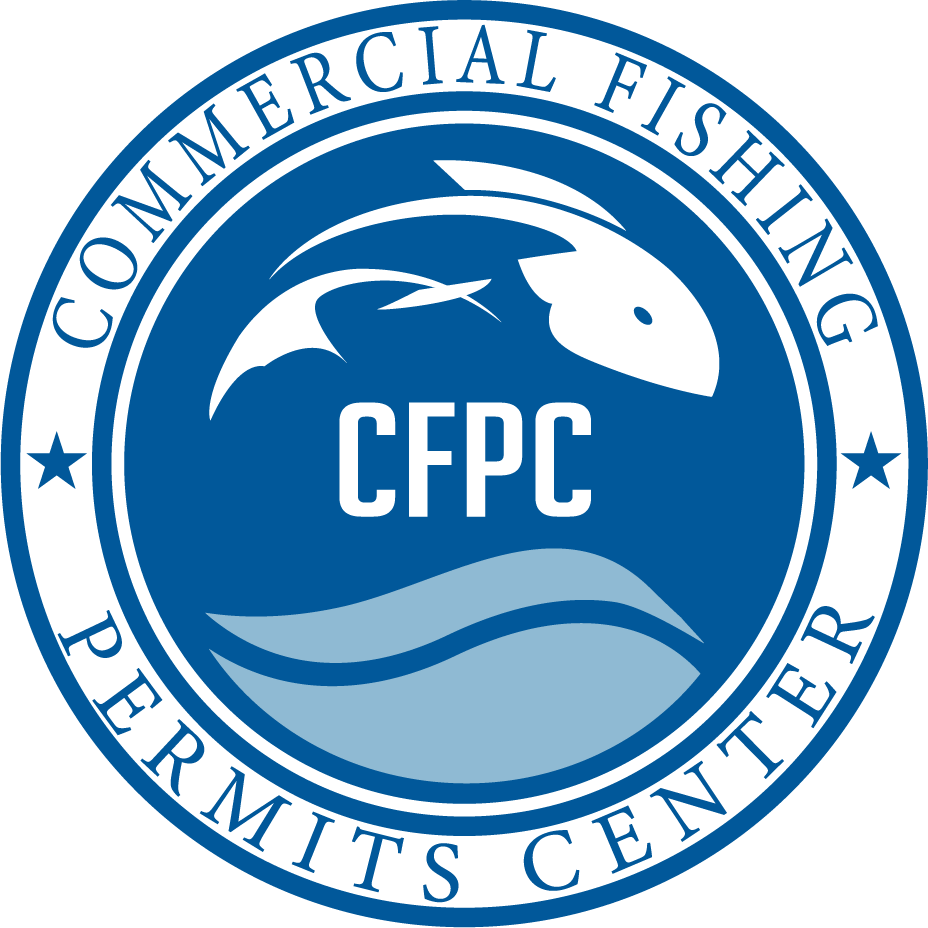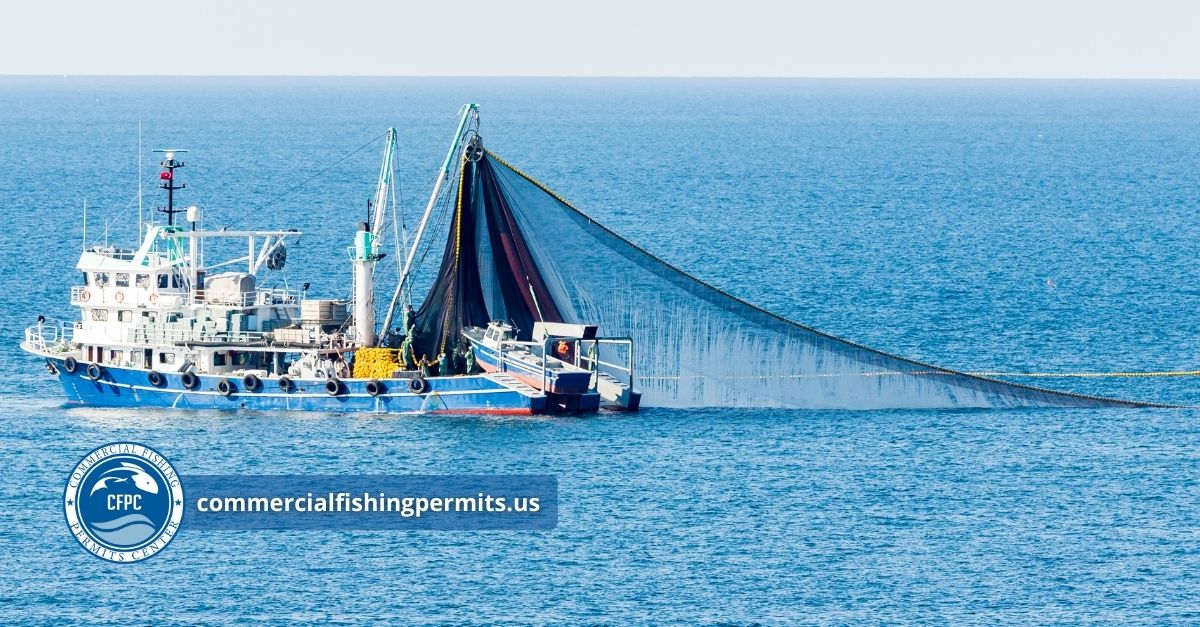The Lasting Importance of Commercial Fishing
Commercial fisheries have been around since before the Middle Ages and are still a major force today. The expression ‘commercial fishing’ could mean a variety of things, but it would not be the case of people catching fish for their own meals or small tourist charters although it applies to the broader industry of harvesting fish and seafood for large-scale sale and distribution.
On a global scale, fishing activities generate billions of dollars a year and are a vital part of the economies of various countries. As one of the first professions of mankind, fishing has changed from daily, small-scale deals at local ports to the current highly regulated and tech-progressed operations.
Today, industrial fishing is so tremendous that you can even identify some of its works by satellites. However, despite the scale, it is a huge mistake to think that commercial fishing is limited to large trawlers with football field-length nets only. So, even distant from the great centers of the coast there are still active fishing operations that support local communities with fresh catches and help regional economies grow.
Many Fish Stocks Are Overexploited or Depleted
Globally, overfishing has caused serious depletion of fish stocks to a large extent. To the level that some species have been pushed to such a point that even if all fishing were stopped today, their numbers would still be insufficient for a natural recovery and for maintaining reproduction cycles at a healthy level.
This means that the need to come up with ways of decreasing the fishing pressure on populations at risk has become very important. One of the most effective ways is aquaculture or fish farming. The latter is basically the breeding of fish in artificially created environments where their growth and reproduction are under strict control.
Fish farming is not a recent phenomenon—it is recorded way back in time when the ancient Chinese, Southeast Asians, and Central Americans were already practicing it. It is the scale and the significance that have changed. Nowadays aquaculture is a multibillion-dollar global industry, and its future is predicted to be even more prominent. With the situation of the climate worsened, the difficulties brought about by fishing in the wild, the demand for sustainable fish farming as a reliable source of food and for the protection of marine ecosystems is increasingly growing.
Illegal, Unreported, and Unregulated Fishing Accounts for 20%–30% of Global Catches
Commercial fisheries are vital to feeding the world, however, the industry is also confronted with great challenges. One of the most urgent problems is Illegal, Unreported, and Unregulated (IUU) fishing, which is claimed to produce 20-30 percent of the total fish caught globally.
IUU fishing is commonly associated with the use of extreme and unsustainable practices, such as bottom trawling and even explosive fishing. These operations not only destroy marine habitats and exhaust fish stocks but also lead to the increase of seafood prices for consumers.
Besides sustainability worries, consumers should also take into consideration the safety of seafood. Some species may have elevated levels of mercury, giving rise to diseases like cardiovascular problems, neurological disorders, and nervous system development impairment in kids. Knowing the source of seafood and the method of its provision is a prerequisite for the health of the oceans and ourselves.
Commercial Fisheries: Why Many Fish Stocks Have Not Reached MSY Levels
Over the world, bad management of the process, which are the practice of management in general, has stopped that many fish populations proliferate until the point of MSY (Maximum Sustainable Yield) level. MSY, in very simple terms, is the most common catching that can be done from the fish stock without affecting its renewal in subsequent years, in the long run.
The tragic decline of fisheries is mainly due to bad management and unsustainable methods of fishing. These ways of harvesting fisheries, which ultimately end up being sold in markets, do not only harm marine ecosystems but also hinder the recovery of these ecosystems.
Extremely overfishing is a main cause of the problem, along with which several other factors may be listed. Among the latter are polluting, destroying the natural habitat, climate change which in their entirety are the reason for fish population declining and thus leading to commercial fisheries shut down in some areas.
As a consumer, it is really helpful to know that only by selecting sustainable seafood and by being aware of fishing practices’ impact on the ocean we can make a considerable contribution. On the other hand, the fishing industry must realize that it is a matter of compliance with the permit and management systems, which are designed to ensure the sustainability of fish stocks for the future generations.
We at the Commercial Fishing Permits Center, are the qualified persons for the job of assisting the owners of vessels and people who drive them in getting their way through the complicated world of fishing permits. If you want to know more about permits, licensing, or the commercial fishing industry in general, our team is always ready to support you. Call us at 1-866-292-4204 to get more information.



No Comments
Be the first to start a conversation